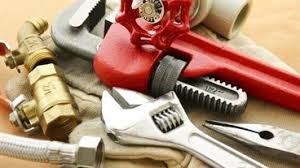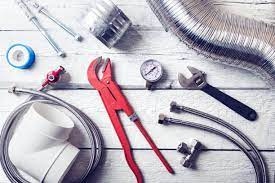Our Construction course will include the following training areas:
CARPENTRY
The activity or occupation of making things in wood.![]() Carpentry is a skilled trade and a craft in which the primary work performed is the cutting, shaping, and installation of building materials during the construction of buildings, ships, timber bridges, concrete framework and more.
Carpentry is a skilled trade and a craft in which the primary work performed is the cutting, shaping, and installation of building materials during the construction of buildings, ships, timber bridges, concrete framework and more.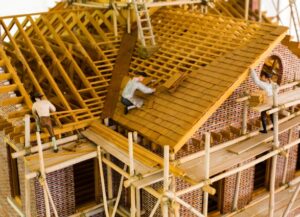 Carpenters traditionally work with natural wood and did rougher work such as framing, but today many other materials are also used.The vast majority of carpenters in the United States are men, however more women have migrated to the profession and continue to excel.
Carpenters traditionally work with natural wood and did rougher work such as framing, but today many other materials are also used.The vast majority of carpenters in the United States are men, however more women have migrated to the profession and continue to excel.
There are countless number of tools used in the carpentry field. Depending on the task at hand will determine which tool would be best suited to achieve the desired result. The tools pictured to the left represent some of the basic of carpentry tools, inclusive of a tape measure, hard hat, safety goggles and more!
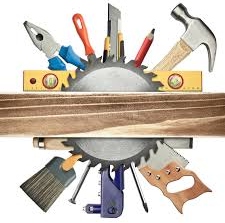 Carpentry tools, like the equipment of other professions can vary in price. Dollar-store-tools are non-professional, yet can accomplish some menial household tasks when used for the purpose of which it was designed.
Carpentry tools, like the equipment of other professions can vary in price. Dollar-store-tools are non-professional, yet can accomplish some menial household tasks when used for the purpose of which it was designed.
For example, an inexpensive screwdriver can tighten and un-tighten a screw many times, but will probably prove fatal if ever used as a chisel, etc.
As an occupation or profession, tools can be very expensive, but should perform better, last longer, and be more precise.
ELECTRICITY
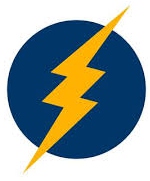 A form of energy resulting from the existence of charged particles such as electrons or protons, either statically as an accumulation of charge or dynamically as a current. A fundamental form of energy observable in positive and negative forms that occurs naturally as in lightning or is produced as in a generator.
A form of energy resulting from the existence of charged particles such as electrons or protons, either statically as an accumulation of charge or dynamically as a current. A fundamental form of energy observable in positive and negative forms that occurs naturally as in lightning or is produced as in a generator. Electricity is the flow of electrical power or charge. It is a secondary energy source which means we get it from the conversion of other sources of energy, like coal, natural gas, oil, nuclear power, fossil fuels, petroleum, and renewable sources of energy.
Electricity is the flow of electrical power or charge. It is a secondary energy source which means we get it from the conversion of other sources of energy, like coal, natural gas, oil, nuclear power, fossil fuels, petroleum, and renewable sources of energy.
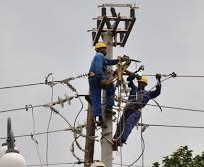 Electrical Lineman, as pictured to the left are the workers that install and keep power flowing to businesses and residences, even under the most dangerous conditions. They are the first responders during an outage or some other catastrophe to repair or replace power lines and other equipment used in electrical distribution and transmission systems.
Electrical Lineman, as pictured to the left are the workers that install and keep power flowing to businesses and residences, even under the most dangerous conditions. They are the first responders during an outage or some other catastrophe to repair or replace power lines and other equipment used in electrical distribution and transmission systems.
The three main types of electricians are Apprentice, Journeyman, and Master Electrician all of which installs, operates, maintains or repairs electric devices or wiring.
Some basic tools:
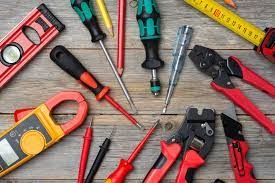
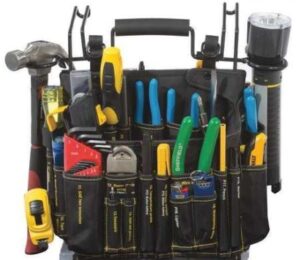
PLUMBING
A plumbing system consists of three parts:
- an adequate potable (able to drink) water supply system;
- a safe, adequate drainage system;
- and ample fixtures and equipment.
As the plumber is working, take to what he’s wearing: a hard hat, goggles, and gloves. Safety, Safety, Safety should always be the mind-set and goal in every aspect of the profession.
Some basic tools:
